
The design entrepreneur movement is part of recent history with big steps forward being made in the 1990s and even more recent. Designers were now creating their own destinies and setting them up on their own.
Lecture – How it all began
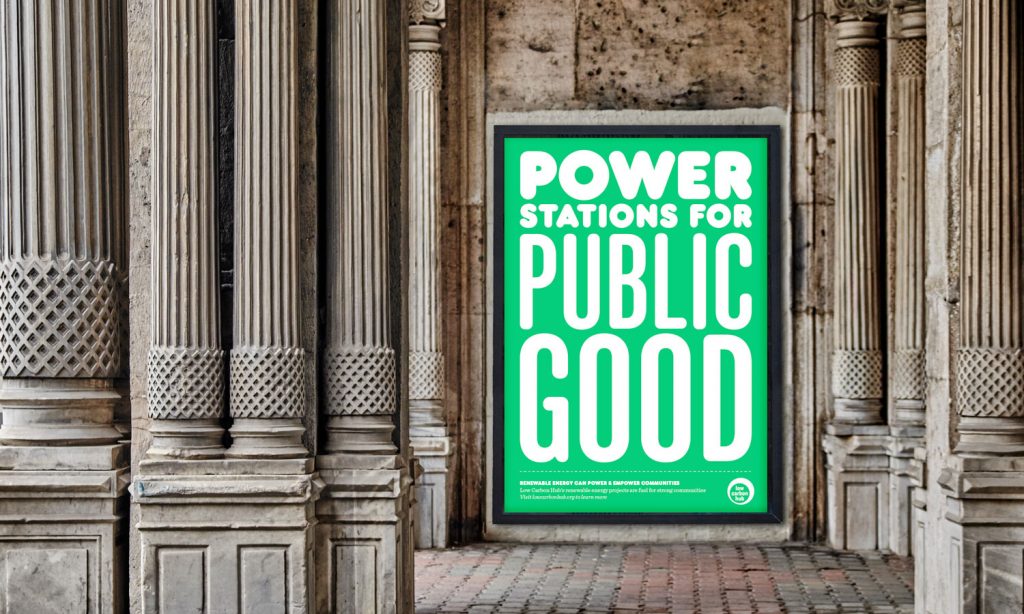
Robin Howe was up first this week for the lecture. He is the Creative Director of Fieldwork Facility who describe themselves as: “a design studio for uncharted territories. We work in the intersection of communication, innovation and place.”
Like many before him and since Robin was restricted by cash flow. He freelance work to survive but his ultimate goal was to have his own business on his own terms.
“Everything takes a back seat because you are waiting for the next, you’re looking to secure the next paid project rather than creating your own opportunities.”
Robin describes how some of his friends worked within agencies and built up their reputation that way. Then, when they wanted to leave and start up on their own, they were able to take the big names with them.
It’s a real difficult balance of wanting the work but not wanting to go begging to get it. Robin says, “I don’t do cold calling, but people find the work that we do interestingand they seek us out.” This has got to be the ultimate goal, right? A name that preceeds you?
One of the projects that Robin mentioned which intrigued me was:
The Museum of us

“Fieldwork Facility collaborated with New London Architecture to reimagine community consultation. Together we created the Museum of Us which was piloted in the Old Kent Road area for Southwark Council.
The Museum of Us was a campaign, exhibition, project space and programme of events designed to bring together members of the local community (residents, industry, community groups and local action groups).
The epicentre of the project was a refurbished shop on Old Kent Road which we transformed into a positive and democratic space to enable conversations and engagement on the long-term plans for the area. The space was a platform for local people to share their ideas and opinions on what is truly important in their community.”
I really like this project for its role in the community. Robin describes design as a “role of citizenship”. By simply providing a location and asking the right questions in the right way, they were able to get better interaction with the community which would ultimately influence council decisions which would effect the community – a nice little circle, ay?
UsTwo

John Sinclair next, or Sinx as he likes to be known. He remembers starting as being a bit of a shock to the system. University was all about ‘the idea’ and the reality of business is how it is executed and the fiscal and time restraints put on you to stay afloat.
His time at Big Animal saw him work with smaller clients which may last for a year. The pace difference between Uni and studio was at opposites. I would get bored rather quickly if this happened to be – stuck with a brief for a year which I may or may not care about. My current job is ridiculously fast-paced as is this course – I love it!
UsTwo has been around for more than 15 years now and the craft of design has changed significantly during that period. Where you are in charge, everything is up to you:
“design is really important but it’s only as important as the other bits of the business and they all need to work together”
As the business developed and Sinx found holes in his knowlegde, he was able to employ those with the correct skill set. Fortunately his finances allowed this and was the instigation for bigger and brighter things for the company.
Along with this financial stability, Sinx was able to start to have a choise with which jobs to work on. He and his partner had a strong set of values and this needed to be communicated to the rest of their ever increasing team.
“I guess scale makes some of these, we’re a bit slow tocatch up on ourselves here,but scale forces your hand with all these things.I would definitely have started a bunch of that stuff earlier, looking back now.”
Ethics is an interesting subject and one that Sinx thinks is more prevalent now than it ever has been. He says that companies are more aware of their environmental and societal impact and approach things with this in mind.
Sophie Hawkins

Sophie always knew what she wanted to do…..kind of. After studying at Falmouth University she worked for some big brand shoe companies before a tragic event led her to reassess her life. She wanted to be in charge and now was the time to do it.
The ambition was her driving force and with a strong ethical standpoint, she sculpted a niche for herself in the market. Making things she wanted to make.
She started by swapping designs for studio space from Blackhorse Lane Ateliers but soon realised this wasn’t going to work and she needed to start on her own lines. She took a risk by ordering 100 items from a factory and the rest is history.
Sophie did most of her finances for a long time but now partners with an accountant who, like at UsTwo, shares their knowledge. This better equips her for the future. She still likes to do the majority of the work herself but is happy to work with freelancers or other professionals should the need arise.
What strikes me about Sam is she doesn’t seem sales driven. Even though she has an actual product rather than providing a service. She seems to be happy as long as she is creating in her chosen medium in her own way. Sounds good to me!
Workshop Challenge
Being an entrepreneur today
Create an information graphic, or diagram, or animation that, for you, highlights the effective definition and process of being a design entrepreneur today.
- Upload your diagram to the Ideas Wall and discuss the pros and cons of how risk, failure and innovation is built into a model for business success;
- What is the impact of different cultural insights with regard to opportunity and potential?

So my first thought was to list the different aspects I believe it takes to be a successful entrepreneur. Then I worked on how this could be displayed graphically:
An idea then materialised after playing a computer game. Do you remember the radar of skills you would give a character, usually at the start of a Role Playing Game RPG? Yeah, those ones:
Could this be used to demonstrate the skills required in an infographic style way?
Whilst playing with this idea I started to think about if everyone could be an entrepreneur? We aren’t always in control of our own destinies and I wanted to include some of the restrictive attributes:
- Social Class
- Location
- Wealth
- Nature
- Nurture
- Luck?
The ides developed into the use of a cube viewed isometrically. Which just so happens to have the same number of points as characteristics that I had written down. It also led me to think of a dice and how the role of it is indeterminable and random – much like what and who we are at birth.
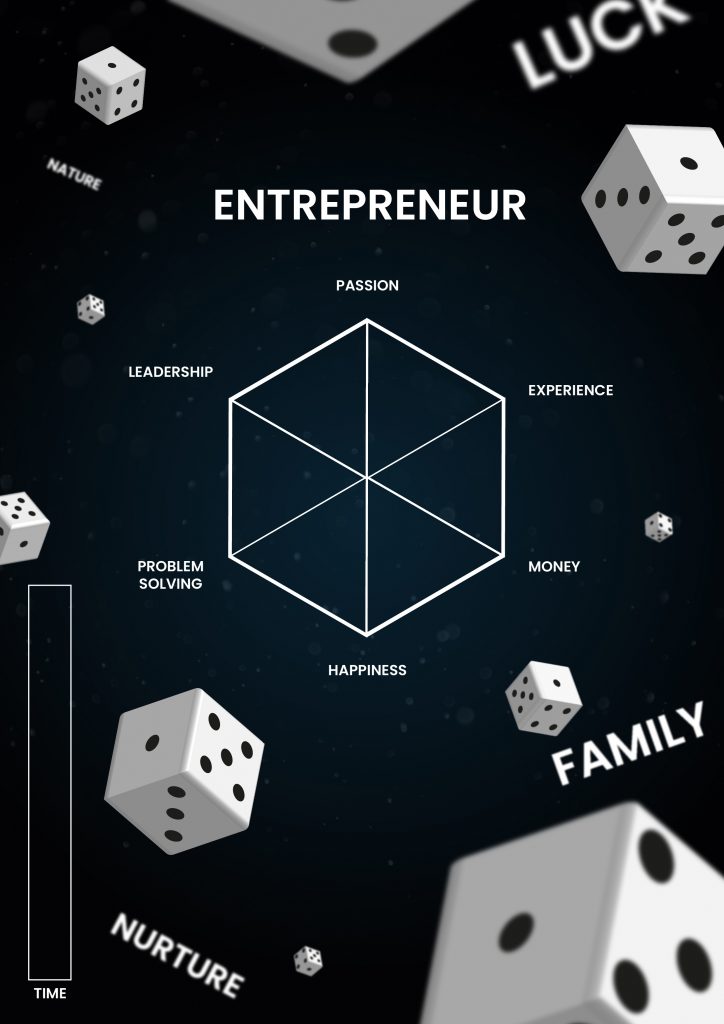
I felt that this really needed to be animated to show the passage of time and how things can change. Through perserverence I hope anything is possibile.
Final Piece

Ideas Wall
References
Wired, Jessica Alter,(2013) Designers make great entrepreneurs, they just don’t know it yet (Links to an external site.) [online]. [Accessed 1 May 2019].
S. HAWKINS. n.d. Jumpsuits by Sophie Hawkins. [online] Available at: <https://sophiehawkins.com/> [Accessed 19 August 2021].
Fieldworkfacility.com. n.d. Museum of Us. [online] Available at: <https://fieldworkfacility.com/projects/museumofus> [Accessed 19 August 2021].
Fieldworkfacility.com. 2021. Home. [online] Available at: <https://fieldworkfacility.com/#projects> [Accessed 19 August 2021].



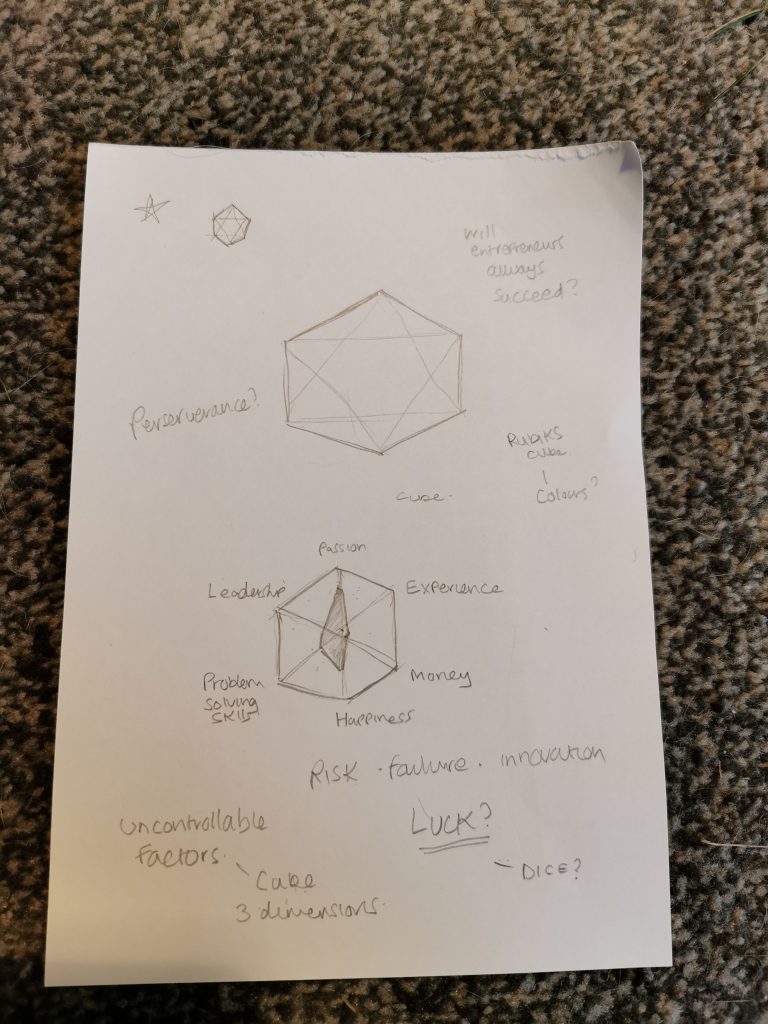
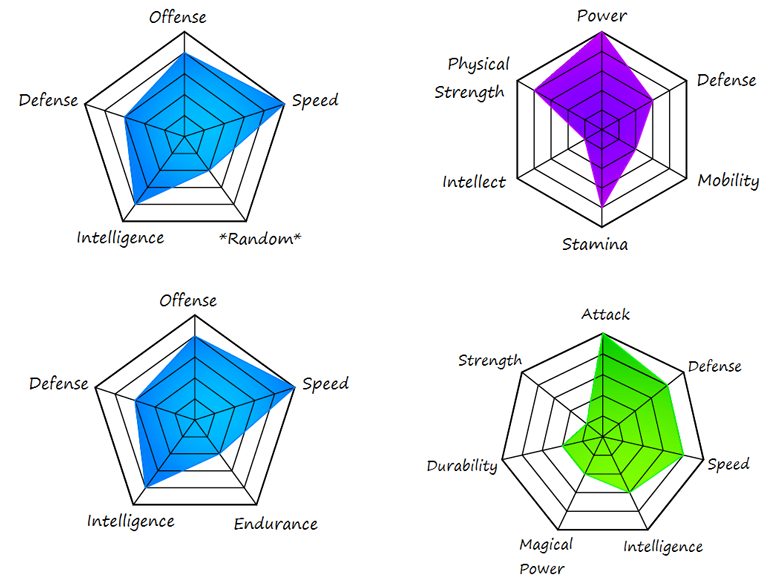
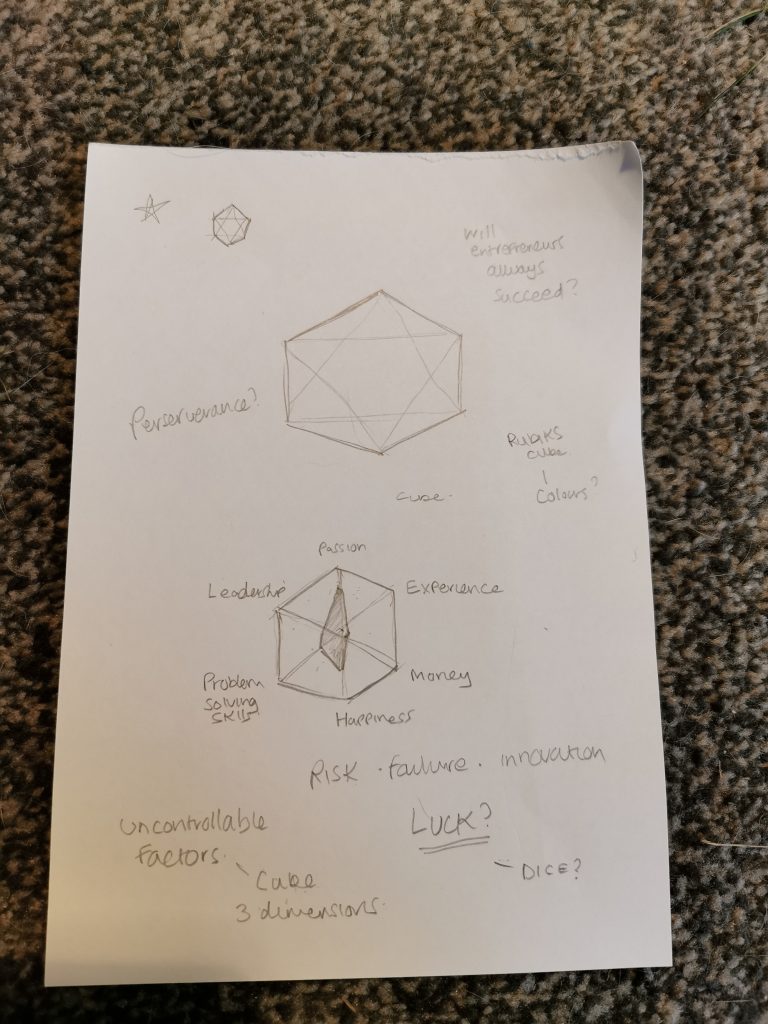

Leave a Reply